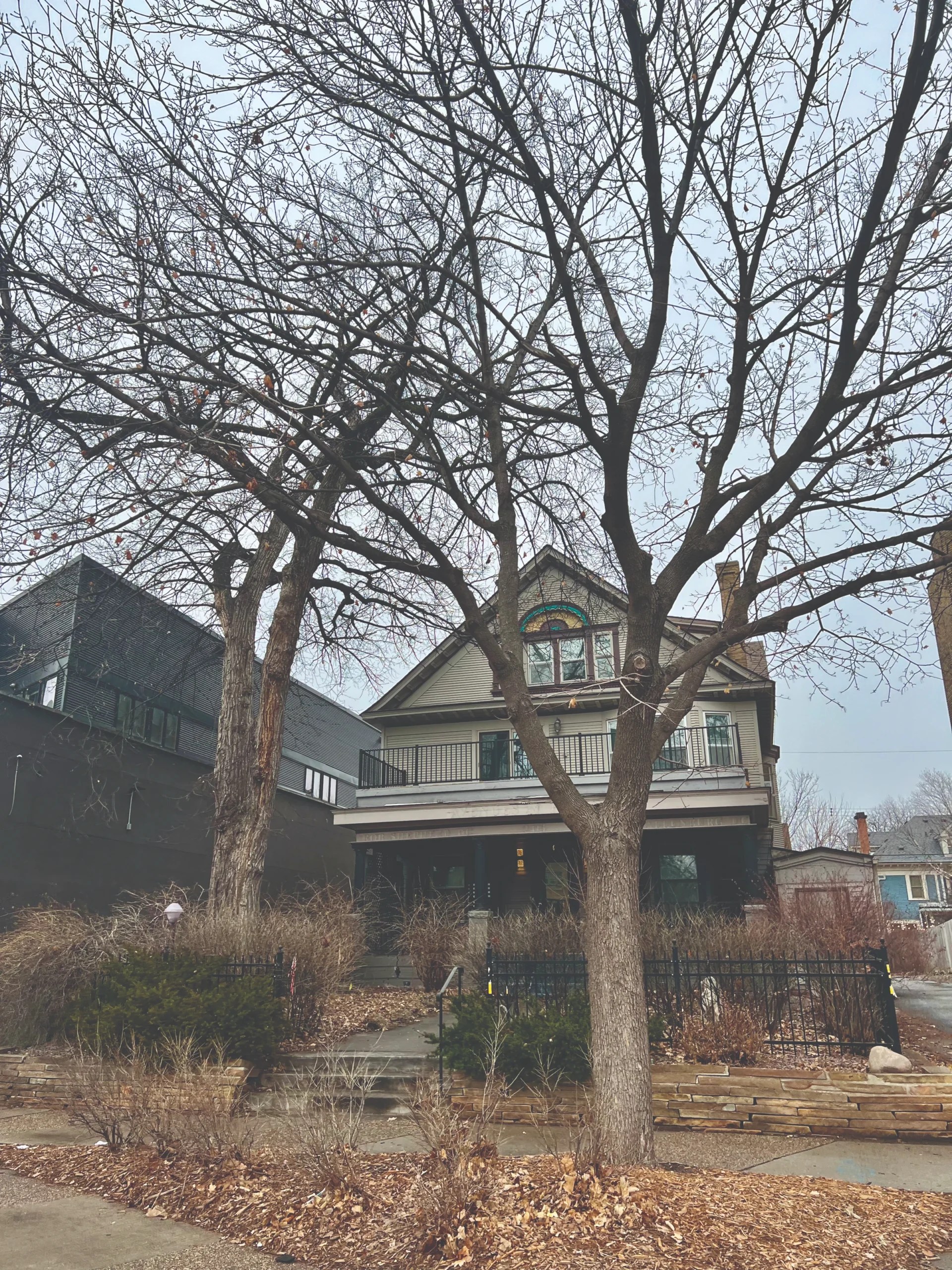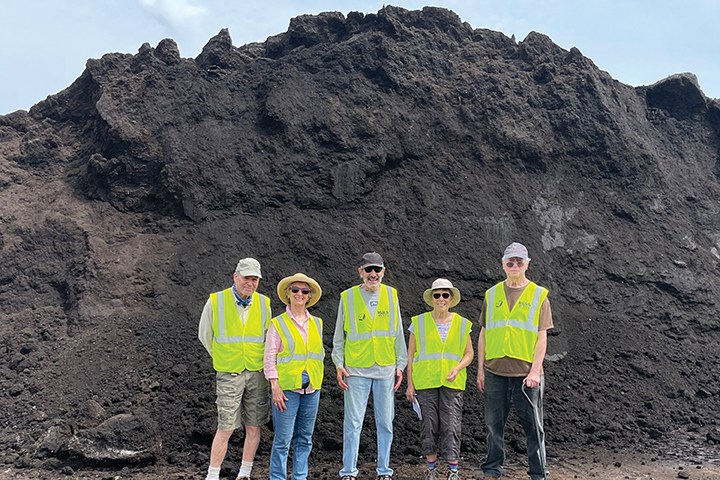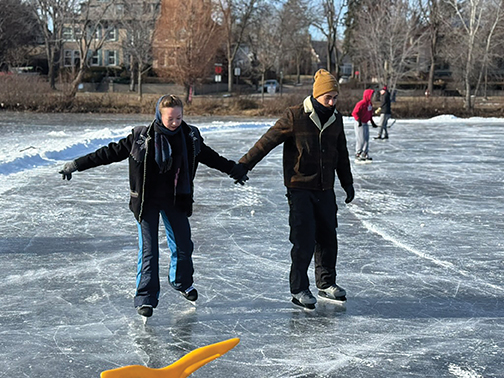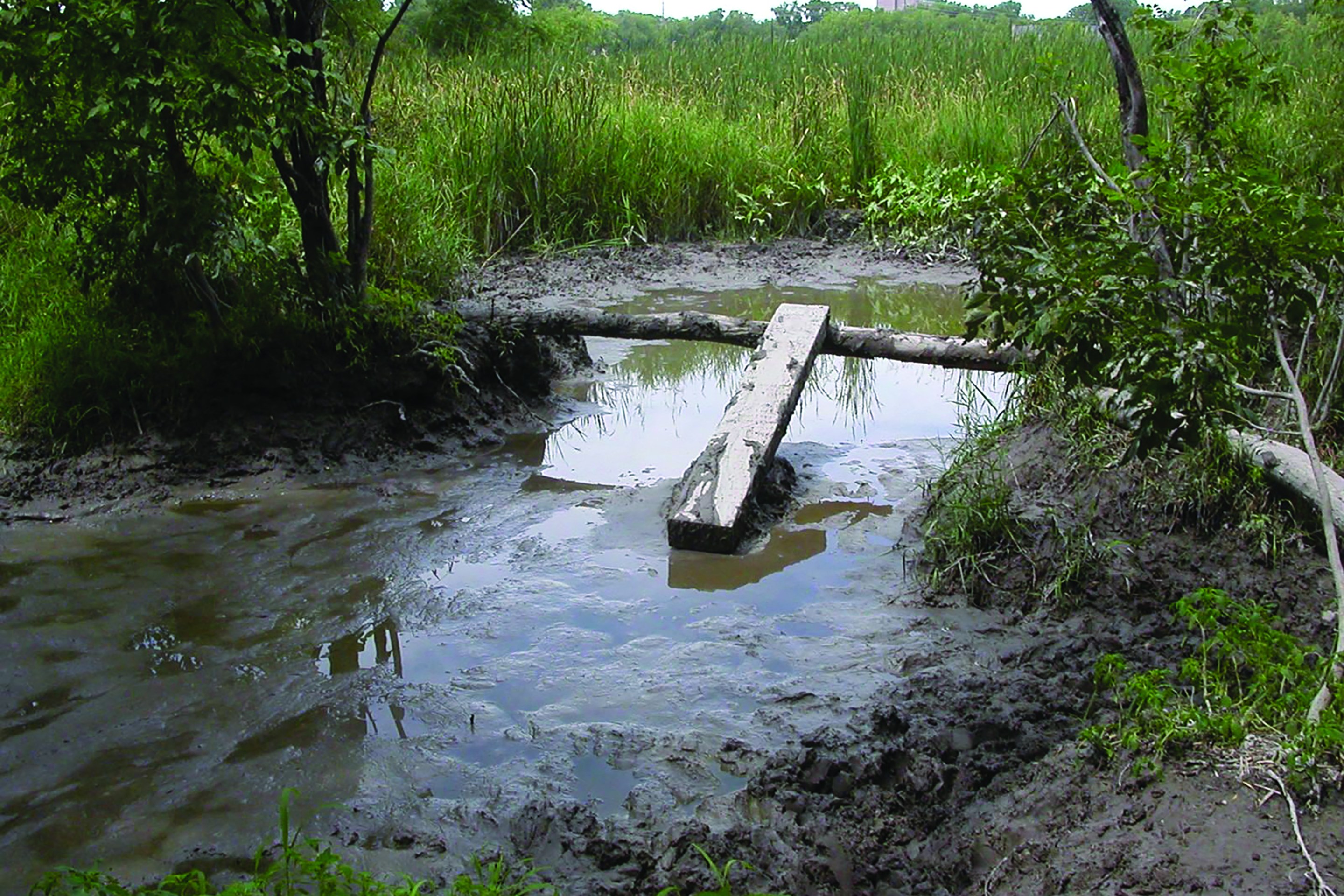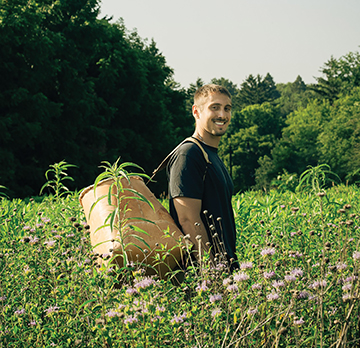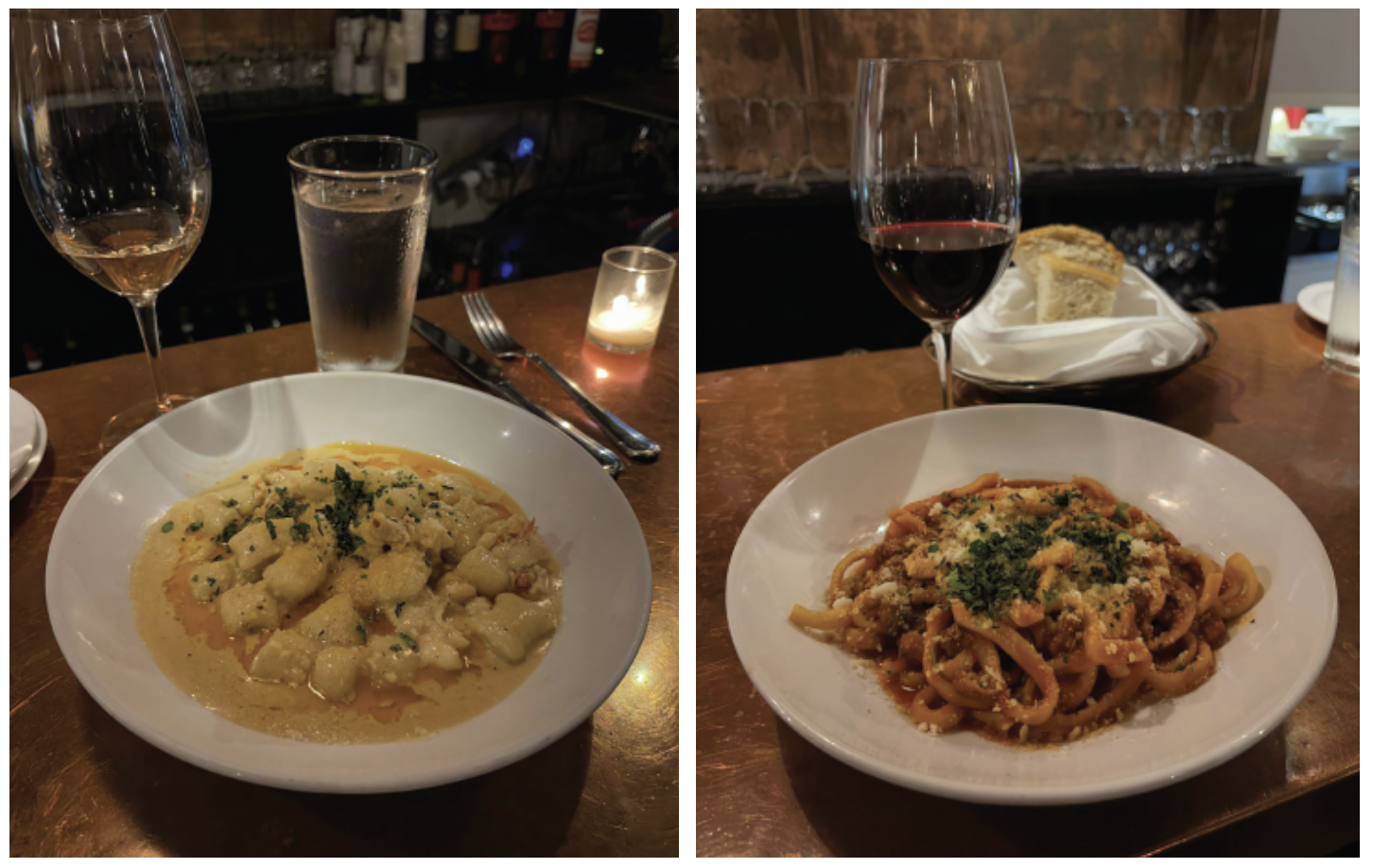“He who plants a tree, plants a hope.”
— Lucy Larcom
Minneapolitans are rightly proud of our parks and lakes and the trees and wildlife living in protected urban natural areas. In its 2023 study, The Trust for Public Land ranked Minneapolis third among park systems in the 100 most populated areas in the U.S. The City of Lakes’ businesses and institutions — even the name of this newspaper — identify with the natural beauty of our city.
Trees provide shade and habitat diversity, improve air quality and contribute aesthetically to our neighborhoods. The Minneapolis Park and Recreation Board (MPRB) counts 200,000 boulevard trees and 400,000 park trees on public lands. Thousands of additional trees shade backyards, businesses and other private property.
Trees At Risk
Increasingly, these trees compete — sometimes unsuccessfully — with residential, commercial and industrial development and suffer from stressors such as invasive species, contaminants from air and water pollution and extreme weather exacerbated by climate change. Trees are often removed to construct public works projects.
Due in part to their unique setting at the convergence of the Anoka Sand Plain, Big Woods and St. Paul Baldwin Plains ecological systems, the Twin Cities host one of two urban Long Term Ecological Program (LTER) research sites studying urban ecology across multiple disciplines. MSP-LTER is funded by the National Science Foundation and includes the University of Minnesota, the University of St. Thomas, the U.S. Department of Agriculture Forest Service and a number of community organizations among participants. Resilience of urban forests is a focus of their research, with the objectives of maintaining diverse and mature tree canopies and promoting equal distribution of trees throughout the Twin Cities.
MSP-LTER’s research utilizes innovative technology to evaluate forest health, both above and below ground. MSP-LTER’s researchers employ remote sensing tools like satellite imagery to characterize forest health and diversity. The resultant data can inform how local agencies and communities manage their urban trees.
Local Expertise
Sally Donovan is an East Isles resident, Ph.D. candidate at the University of Minnesota, and researcher at MSP-LTER. At a neighborhood coffee shop, she recently noted the following: “We use multispectral aerial imagery to analyze tree count and cover, trunk thickness and species richness at the canopy level and litter depth and composition at ground level. Using this remote sensing technology, we can make determinations of forest species diversity and individual tree health.
“Every square foot of urban natural areas competes with other uses. Using advanced technology can potentially allocate scarce resources more effectively to benefit our urban forests. For example, our data on the location and composition of leaf litter could inform where and when city street sweeping could be optimized to reduce nutrient loading in our lakes.”
Tree Keepers
MSP-LTER researchers are generating and analyzing increasing volumes of urban forestry data. A challenge remains in organizing and sharing data in ways that are accessible and useful to the various stakeholders promoting healthy urban forests.
Local government agencies are also exploring how technology can support forest management. MPRB Forestry uses a tree inventory management software called Tree Keeper and uploads the location of all the city’s newly planted trees to brewingabetterforest.com, sponsored by Modist Brewing Company.
“At Brewing a Better Forest, each neighborhood can determine the geographic location of new trees and organize supplemental watering,” notes MPRB District 4 Commissioner Elizabeth Shaffer, a Lowry Hill resident. “I get excited about combining data and technology to crowd-source resident support for their neighborhoods ... watering new or stressed trees, storm drain-cleaning, trash pick-up and other activities.”
MSP-LTER’s research and MPRB’s community outreach marry advanced technology, rich tree and forest data and IT platforms to engage communities and inform policy and forest management practices. These models of collaboration are helping improve the diversity and resiliency of urban trees to withstand stress from climate change and other environmental factors, and strengthen the competitive standing of our urban forests relative to other uses.
